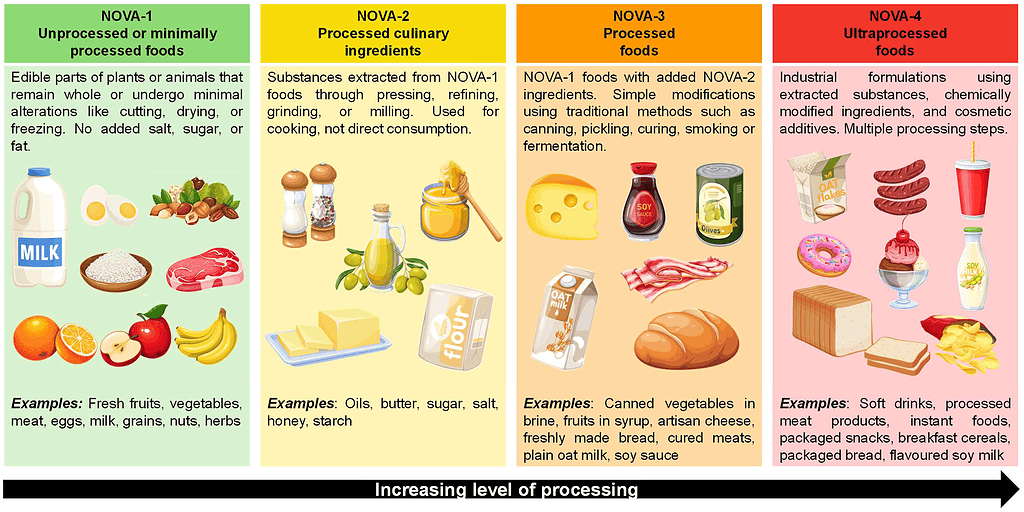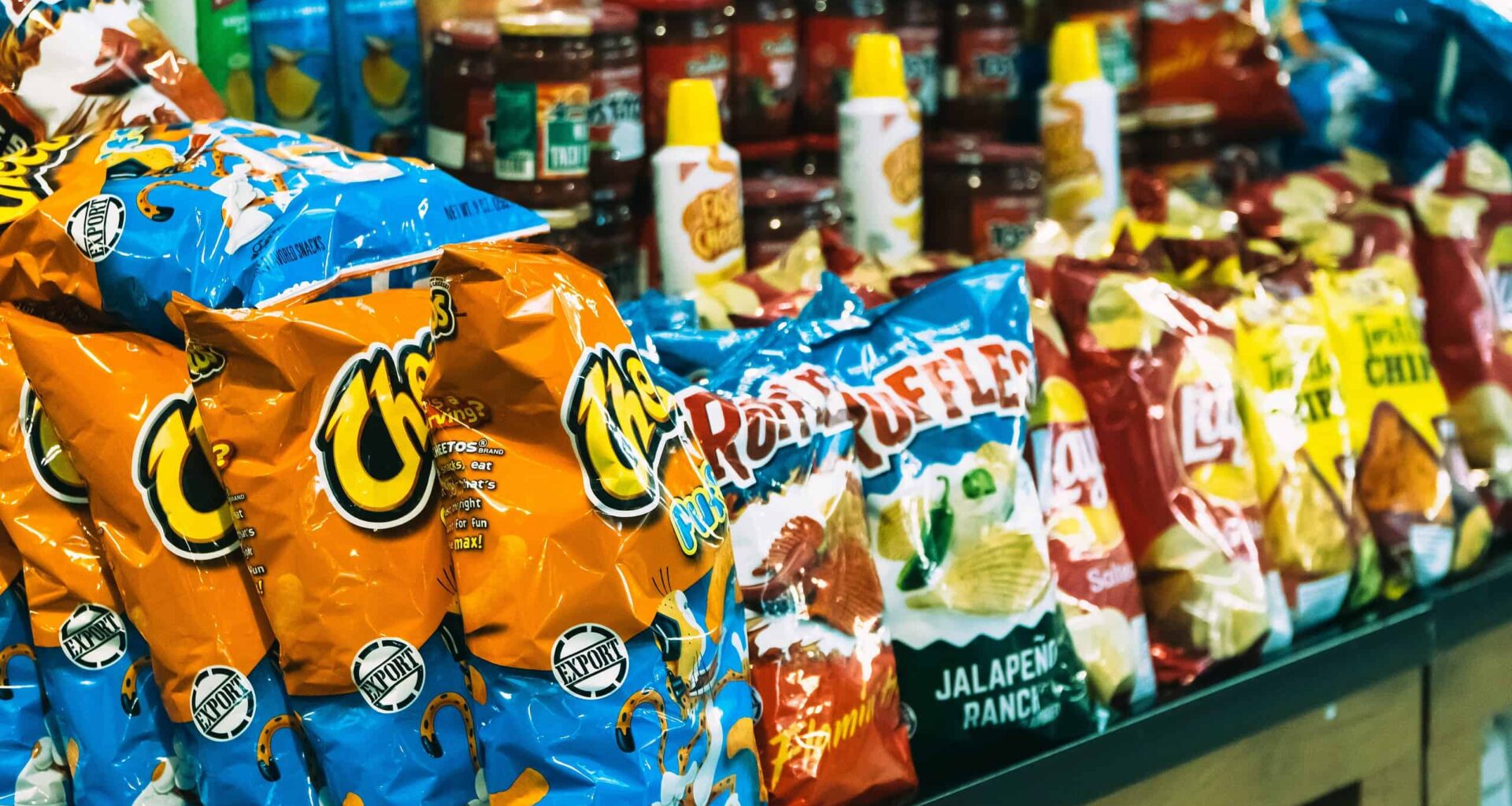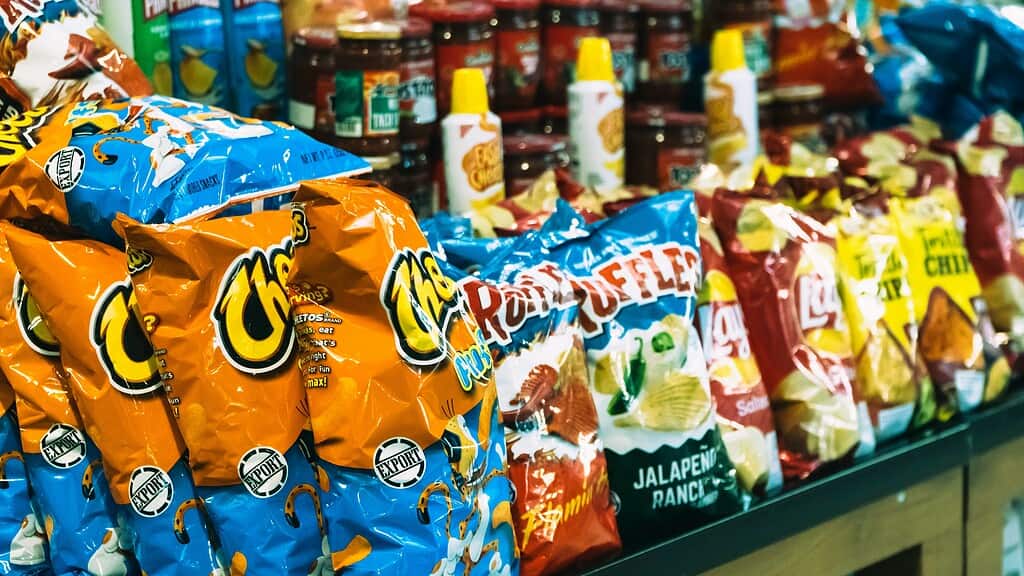Three studies published in one of the most respected medical journals paint a vivid picture of how ultra-processed foods are wreaking havoc on global health. Their packaging is bright, their claims are bold, but strip away the marketing, and what remains is not exactly food. It’s more like an industrial formulation that mimics food.
In the US, ultra-processed foods (UPFs) account for over half of adult calories, and over 60% of children’s calories. Many other countries have comparable figures, so UPFs are on the rise almost everywhere. And according to the world’s largest scientific review on the subject, these products are now linked to harm in every major organ system of the human body.
Not Just Burgers and Sodas
There’s no simple, straightforward definition of ultra-processed foods, even though they’re so widespread. They’re foods that usually have a lot of ingredients and are prepared through methods that we couldn’t do ourselves at home. They’re often very rich in salt and sugar, as well as plenty of additives. They also typically have unnatural textures and are ready to eat or just need heating.
Scientists use something called the “Nova” system to classify UPFs.
In the Nova group 1 you have basic things like apples, uncooked rice, or fish. These are unprocessed or minimally processed. On the other end, you have Nova group 4: Ultra-processed foods. These are the sodas, the packaged snacks, the reconstituted meat nuggets, and the breakfast cereals that never go stale.
 Image credits: Cambridge University Press.
Image credits: Cambridge University Press.
Professor Carlos Monteiro, Brazilian epidemiologist who coined the term ultra-processed food and introduced the Nova classification, argues in the new study that UPFs have fundamentally different chemical structures than “regular” food. He and his colleagues focus on something called the food matrix.
When you eat something like a fruit or a whole almond, your body has to work to break down the cell walls to access the fats and nutrients. This is the “food matrix.” It slows digestion and sends satiety signals to your brain.
UPFs destroy that matrix.
The manufacturing process breaks down raw ingredients into molecular slurry, then reconstructs them using emulsifiers, texturizers, and artificial flavors. The result is something referred to as “hyper-palatable.” It melts in your mouth so fast your brain never gets the signal to stop eating. That’s a big reason why UPFs are so bad for you.
The consequences are visible in the data: over 100 prospective studies link these foods to adverse outcomes in nearly all organ systems, including heart disease, type 2 diabetes, and depression.
UPFs Took Over the World
How did we reach a point where 50% of the average diet consists of these industrial products?
It’s easy to blame consumers. These foods are tastier, more palatable (by definition), and oftentimes, cheaper. Oftentimes, we know they’re not as healthy and we still buy them.
But it would be deeply unfair to put consumers at the center of the problem. It wasn’t an accident. It was a business model.
The third paper in the Lancet series drops a bombshell, comparing the food industry’s tactics directly to the tobacco industry.
UPFs are significantly more profitable than fresh food. They have a long shelf life and use cheap ingredients like soy protein isolate and high-fructose corn syrup. To protect these profits, the industry has deployed a “corporate political activity” playbook.
The rough idea is that they lobby governments to block any regulation that would push for healthier food (and people) at the expense of their product. They fund research to manufacture doubt about the science. They infiltrate health agencies. The authors note that the industry has created a “global network of front groups” to ensure that policy debates focus on individual choice rather than corporate culpability.
So, How Do We Reclaim Our Plates?
The second paper in the series outlines a policy roadmap, and the message is clear: we need to treat UPF like the public health crisis it is. Otherwise, obesity will continue to worsen, along with all the other problems associated with unhealthy diets.
We’re in the same position with food that we were with cigarettes in the 1960s. The evidence is mounting, but the regulation is lagging.
The authors call for aggressive moves. We need to ban the marketing of UPFs to children. We need to remove these products from schools and hospitals. And we need clear warning labels — not just about calories, but about the level of processing.
If that sounds really hard, well, it is. But it’s not impossible. Look at Brazil, for instance. Their national school food program has eliminated most UPFs. By 2026, they will require 90% of the food served in schools to be fresh or minimally processed. They proved that government policy can prioritize health over corporate profit.
While we wait for policy to catch up, you have to be your own defense system. Some simple things you can do:
- Ignore the front of the package. The health claims are marketing.
- Look at the ingredients. If you see ingredients you wouldn’t find in a home kitchen — emulsifiers, protein isolates, high-fructose corn syrup — it’s likely ultra-processed.
- Focus on the matrix. Eat foods that look like they grew out of the ground, not foods that were born in a factory.
Journal References:
- Ultra-processed foods and human health: the main thesis and the evidence
- Policies to halt and reverse the rise in ultra-processed food production, marketing, and consumption
- Towards unified global action on ultra-processed foods: understanding commercial determinants, countering corporate power, and mobilising a public health response

